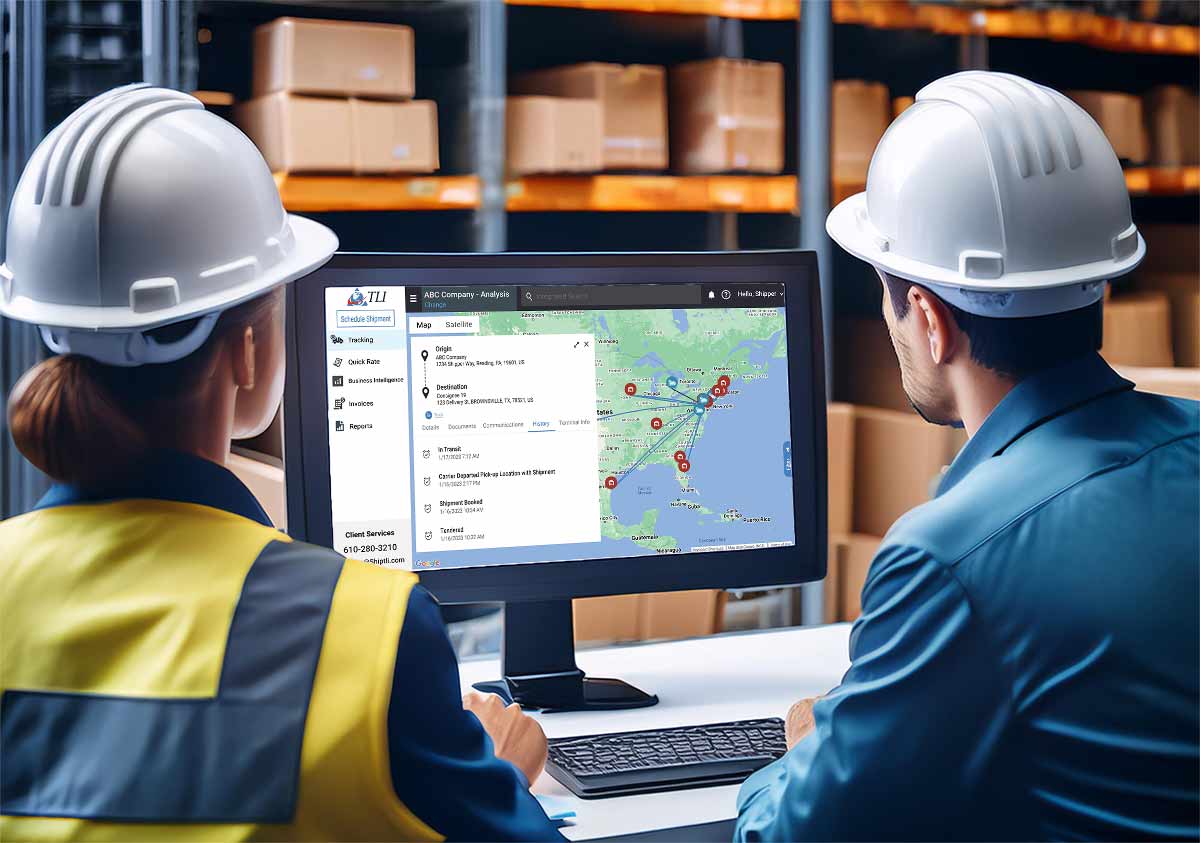
If you’re a shipper, then you have heard or used a TMS System. The system is a tool for day-to-day operations and also help with bigger picture decisions. The system helps replace pen and paper operations for shipping. This article will identify what a TMS System is, how it’s used, and the difference from a Warehouse Management System.
What is a TMS System?
A Transportation Management System is a software program to help manage transportation and logistics effectively. The system centralizes shipping contracts/rates, tracking information, shipment reference numbers, and carrier selections. The system helps:
- Plan and forecast network needs
- Optimize routes
- Manage carriers
- Execute and track shipments
- Automate tasks such as load booking and tendering
- Handle payments and settlements
- Report on network Key Performance Indicators (KPIs)
By offering a clear view of both daily and overall network performance, a Transportation Management System helps shipper operate more effectively.

Transportation Management System vs a Warehouse Management System
Businesses often use multiple tools to manage their operations. A Warehouse Management System (WMS) is another essential software that focuses on controlling inventory, warehouse operations, and order fulfillment.
While a WMS handles cargo within the warehouse, TMS Software focuses on the movement of freight to and from facilities. Some businesses use a WMS for transportation management or TMS technology for warehouse management, but they are more commonly distinct software.
Both systems can be integrated into an Enterprise Resource Planning (ERP) system. This type of system consolidates business operations into a single platform. This integration is achieved by API connectivity of multiple systems, creating visibility through the entire supply chain.
Core Functions and Benefits of a TMS System
The overall function of a TMS is to provide visibility and streamline your shipping operations. Here are specific functions and benefits of implementing this software:
Load Planning
Simplify the process of finding rates, planning routes, and selecting carriers. The system uses complex algorithms and rate tables to optimize shipments, saving time and money throughout the shipping process.
Load Execution
Automate freight tendering with a TMS System by using routing guides to digitally tender shipments to at the accurate rate. By communicating with a carrier system, the system retrieves rates properly and schedules the shipment with correct information.
Freight Tracking
Automate freight tendering with a TMS System by using routing guides to digitally tender shipments to at the accurate rate. By communicating with a carrier system, the system retrieves rates properly and schedules the shipment with correct information.
Payment
Automate the auditing of carrier invoices and payment to carriers with a transportation management system. This feature simplifies financial processes by providing access to freight audits, invoices, and cost performance analytics.
Reporting
Gain access to insights and provide data for strategic planning. By hosting all your data in a TMS system, you are able to integrate reporting programs, such as Power BI, or export the data for reporting. Some systems, like ViewPoint TMS, automate tracking and shipment reports.
Why Invest in a TMS System?
To implement a system takes time, money, and resources to be done right. However in today’s needs for a scalable supply chain solution, the investment is essential for scalability and optimizing your operations. The system provides insights into your operation KPIs, financial analyzes, and helps streamline processes.
Implementation Timeline
The timeline varies depending on your network complexity and integration needs. For first-time users transitioning from paper/pencil and excel sheets, it may take only a day to get started. For most businesses, the process generally spans 1-2 months for smaller shippers and 3-6 months for larger shippers. A good TMS provider will guide you through the implementation and provide a realistic timeline for your operations.
ViewPoint: A Top TMS System
Shippers choose TLI’s ViewPoint for it’s ease of use and flexible customization options. Whether you’re a small, family-owned company or a large publicly traded enterprise, ViewPoint TMS adapts to fit your unique supply chain needs.
Ready to explore ViewPoint TMS technology? Discover how the system can streamline and optimize your operations: